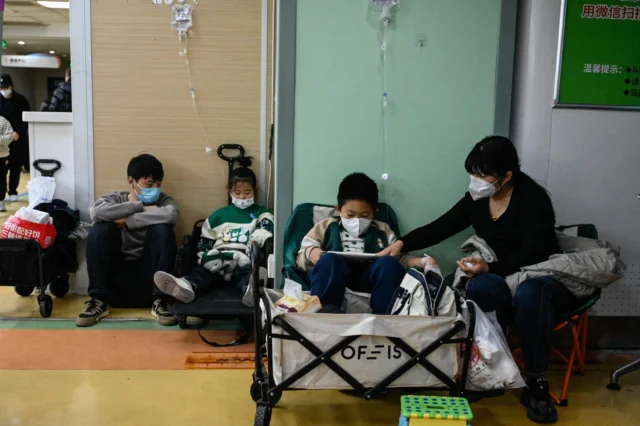In recent weeks, China has experienced a notable increase in respiratory illnesses, particularly among children, leading to overwhelmed hospitals in cities like Beijing and Liaoning. This surge has prompted widespread speculation about a potential “mystery disease” outbreak. However, Chinese health authorities and the World Health Organization (WHO) have stated that no unusual or novel pathogens have been detected.
The Chinese Center for Disease Control and Prevention (China CDC) attributes the rise in cases to known respiratory pathogens, including respiratory syncytial virus (RSV), influenza, and mycoplasma pneumoniae. These infections are common during the winter months, and the current increase is considered consistent with seasonal patterns, especially following the lifting of COVID-19 restrictions.
In response to the situation, China’s National Disease Control and Prevention Administration has initiated a pilot program to monitor pneumonia cases of unknown origin. This proactive measure aims to enhance the country’s preparedness for potential outbreaks of unknown pathogens, reflecting lessons learned from the early stages of the COVID-19 pandemic.
The WHO has requested detailed information from China regarding the surge in respiratory illnesses. In response, Chinese authorities have provided data indicating that the observed cases are due to known pathogens, with no evidence of a novel disease outbreak. The WHO continues to monitor the situation closely, advising the public to adhere to standard health precautions, such as vaccination, mask-wearing, and maintaining good hygiene practices.
While the increase in respiratory illnesses has placed a strain on healthcare facilities, particularly pediatric departments, health experts emphasize that the situation does not indicate the emergence of a new or unknown disease. The public is encouraged to remain vigilant but not alarmed, and to follow public health guidance to mitigate the spread of these common respiratory infections.


























